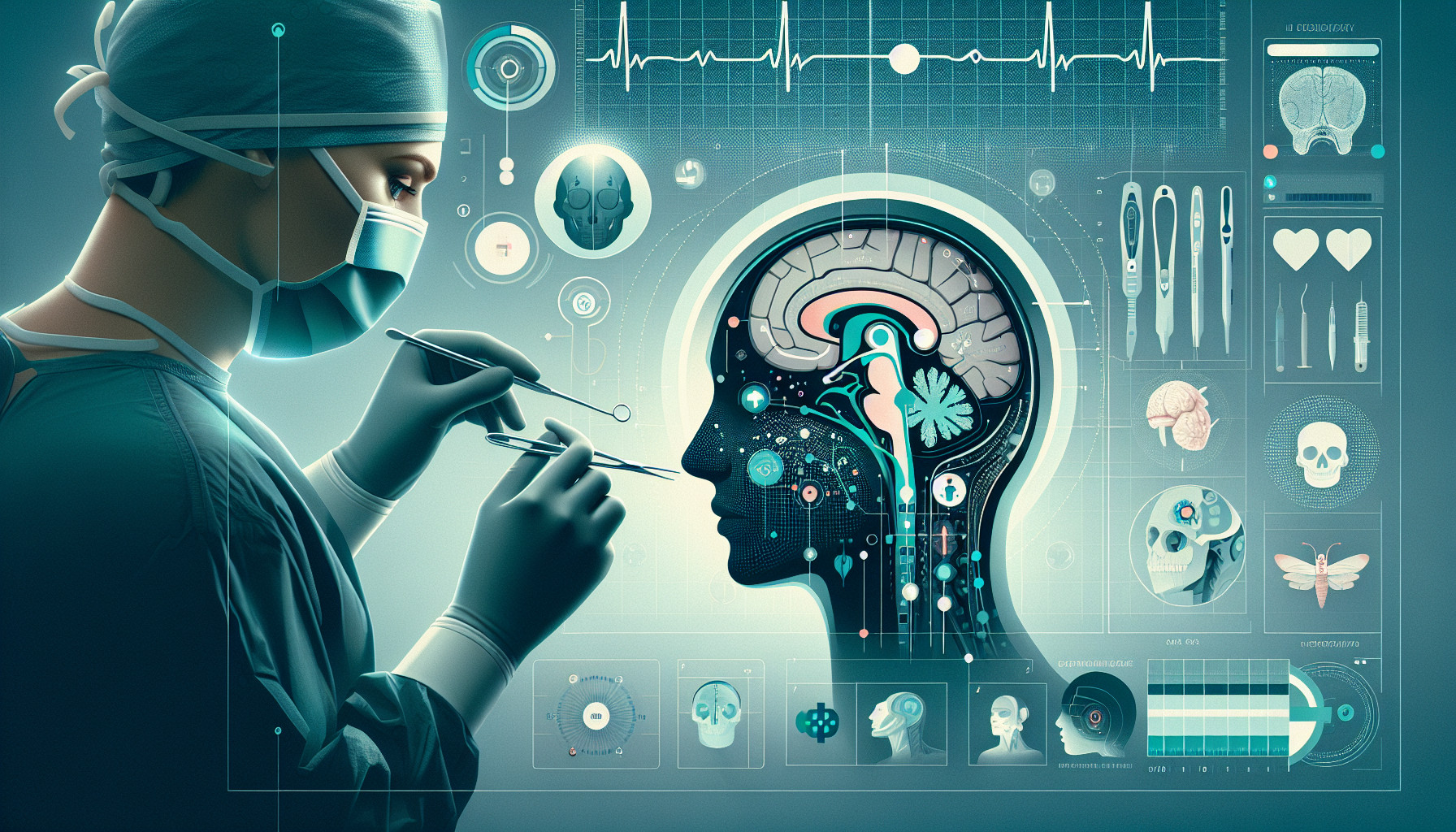Our Summary
This research paper examines recent progress in computer-aided methods for dividing and identifying different parts of the oral and facial area in medical images. These techniques are important for planning surgeries in these areas. The paper specifically looks at three areas: tooth detection, identifying the channel within the lower jaw, and determining the bone that holds the teeth.
The paper assesses two types of these methods: traditional image processing and machine learning, which includes deep learning. The most common type of image used is CBCT, followed by conventional CT and Orthopantomography. The study found that these methods perform similarly to annotations made by dentists, suggesting they work well.
However, the paper also highlights some challenges. These include a lack of examples to train the machine learning models, inconsistencies in the data, visible errors in the images, unbalanced data distribution, and the “black box” problem where the inner workings of the machine learning models are not fully understood.
Despite these challenges, the paper concludes that these techniques, especially the deep learning methods, have shown impressive performance. The paper hopes that this review will help dental researchers plan more accurate and effective surgeries.
FAQs
- What are the three main areas of focus in the research paper on computer-aided methods for maxillofacial surgery?
- What challenges does the research paper highlight in the use of computer-aided methods for planning maxillofacial surgeries?
- How do the computer-aided methods for maxillofacial surgery compare to annotations made by dentists according to the research paper?
Doctor’s Tip
A doctor may advise a patient undergoing maxillofacial surgery to follow post-operative care instructions carefully, including taking prescribed medications, avoiding certain foods, and practicing good oral hygiene. It is important to attend follow-up appointments and communicate any concerns or changes in symptoms to the medical team. Additionally, maintaining a healthy lifestyle, including quitting smoking and reducing alcohol consumption, can promote healing and overall well-being.
Suitable For
Patients who may be recommended for maxillofacial surgery include those with:
- Severe facial injuries from trauma or accidents
- Facial deformities or abnormalities such as cleft lip and palate
- Misaligned jaws causing difficulty with biting or chewing
- Temporomandibular joint disorders
- Sleep apnea
- Oral and facial tumors
- Severe dental issues such as impacted teeth or severe gum disease
Maxillofacial surgery can help improve a patient’s quality of life by correcting these issues and restoring function and aesthetics to the oral and facial area. It is important for patients to consult with a qualified oral and maxillofacial surgeon to determine if surgery is the best course of action for their specific condition.
Timeline
Before maxillofacial surgery, a patient typically undergoes a series of consultations with their oral and maxillofacial surgeon to discuss their treatment plan, potential risks, and expected outcomes. They may also undergo various imaging tests such as CBCT scans to help the surgeon visualize the structures of the oral and facial area.
After the surgery, the patient may experience swelling, bruising, and discomfort in the treated area. They will need to follow post-operative care instructions provided by their surgeon, which may include pain management, dietary restrictions, and wound care. Follow-up appointments will be scheduled to monitor the healing process and ensure that the surgery was successful in achieving the desired outcome. Over time, the patient will gradually recover and see improvements in their oral and facial function and appearance.
What to Ask Your Doctor
Some questions a patient should ask their doctor about maxillofacial surgery include:
- What specific type of maxillofacial surgery do I need?
- What are the potential risks and complications associated with the surgery?
- What is the expected recovery time after the surgery?
- Will I need any additional procedures or treatments before or after the surgery?
- How experienced are you in performing this type of surgery?
- What are the expected outcomes of the surgery?
- What type of anesthesia will be used during the surgery?
- How should I prepare for the surgery, both physically and mentally?
- Will I need to follow any specific post-operative care instructions?
- Are there any alternative treatment options available for my condition?
Reference
Authors: Zhang L, Li W, Lv J, Xu J, Zhou H, Li G, Ai K. Journal: J Dent. 2023 Nov;138:104727. doi: 10.1016/j.jdent.2023.104727. Epub 2023 Sep 26. PMID: 37769934
